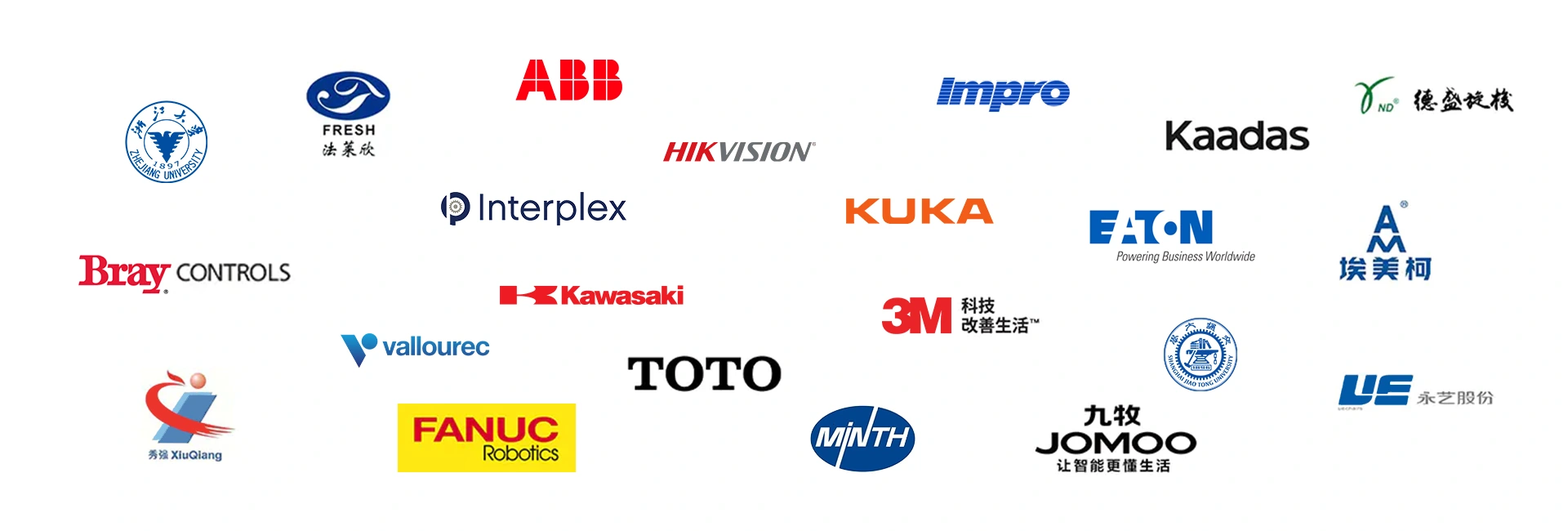Sports Equipment
Advanced Grinding Solutions for Rail Transit Industry Applications
At Kingstone Robotics, our robotic grinding and polishing systems are designed to meet the precision and performance demands of the sports equipment industry. From aluminum bicycle frames and titanium golf club heads to carbon fiber rackets and ski components, our systems deliver consistent surface quality across a wide range of materials. Equipped to handle complex shapes and finishes, our robots ensure dimensional accuracy, reduce manual labor, and improve throughput. Whether for enhancing aerodynamics, improving user comfort, or achieving premium aesthetics, our automated solutions help manufacturers produce high-performance sports gear with repeatable quality and production efficiency across every batch.
Why Surface Finishing Matters in Sport Equipment
Improves mechanical reliability and fatigue resistance
Surface finishing enhances the structural integrity of sports equipment under repetitive loads, reducing the risk of cracks or early failure.Enhances corrosion resistance and product lifespan
Proper finishing protects components like bike frames or golf heads from moisture, sweat, and outdoor exposure, ensuring long-term durability.Ensures consistent performance and premium appearance
Precision-polished surfaces meet quality standards and user expectations for both functionality and aesthetics in high-end sports gear.
Challenges of Manual Finishing in Sport Equipment
Labour-Intensive. Inconsistent. Costly.
Manual grinding and polishing of sports equipment components—such as bike frames, golf club heads, or ski edges—is time-consuming, operator-dependent, and difficult to scale for high-volume production. Achieving tight dimensional tolerances and consistent surface finish often relies on skilled labor, but fatigue and human variation frequently result in quality fluctuations and higher rejection rates.
Many high-performance materials used in sports gear—like carbon composites, titanium, and hardened aluminum—are difficult to process manually due to their sensitivity to heat and surface deformation. These materials require precise, repeatable control of pressure, speed, and polishing paths—capabilities that robotic systems deliver with superior accuracy, consistency, and throughput.
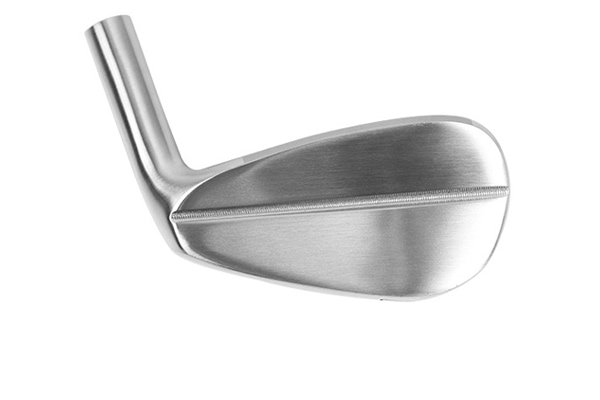
Golf Clubs Grinding

Boat Slip Buckle Deburring
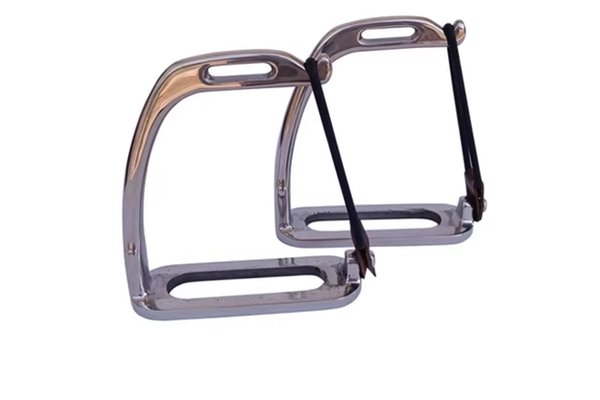
Horse Riding Pedal Deburring
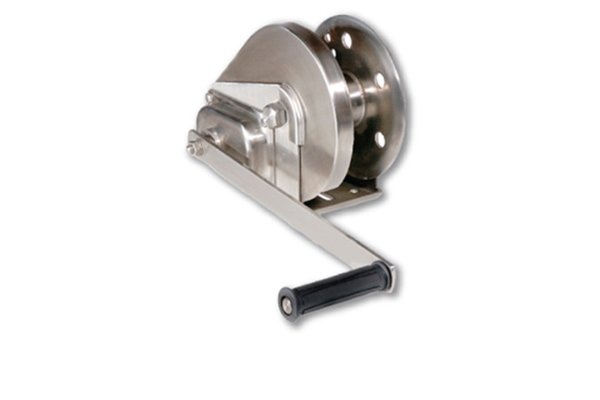
Crank Grinding
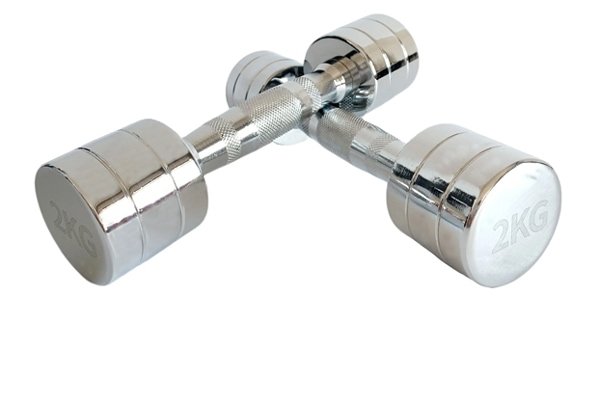
Dumbbel Grinding

Polishing and satin-finishing
Request A Custom Quote
Kingstone’s Robotic Surface Finishing Capabilities
Multi-axis control. Adaptive force sensing. High repeatability.
Feature | Description |
|---|---|
6-7 axis robotic arms | For complex geometry and multi-angle access |
Active force control systems | Real-time adjustment of grinding pressure |
CAD/CAM integration | Enables accurate path planning from 3D models |
Automatic tool changers | Supports multiple abrasive processes in one cycle |
Offline programming | Reduces downtime and accelerates setup |
Dust collection & safety enclosure | Cleanroom-friendly configurations available |
Integrated Automated Solutions
Kingstone Robotics provides automated grinding, polishing, and deburring systems for sports equipment, ensuring precision, visual appeal, and durability. Ideal for golf clubs to fitness gear, our solutions enhance finish quality, meet tight tolerances, and cut labor costs—supporting high-performance, cost-effective production for sports hardware manufacturers.
Whether it’s refining the surface of a dumbbell, deburring a stirrup pedal, or grinding a titanium driver head, our solutions enable scalable, repeatable production without compromising craftsmanship.
Our Integrated Automation Solutions Include:
- Robotic Grinding Stations
- Polishing and Buffing Units
- Multi-functional Deburring Cells
- Robot + Vision Complex Systems
- CNC-Integrated Grinding & Polishing Machines
- Automated Fixture and Part Loading Systems
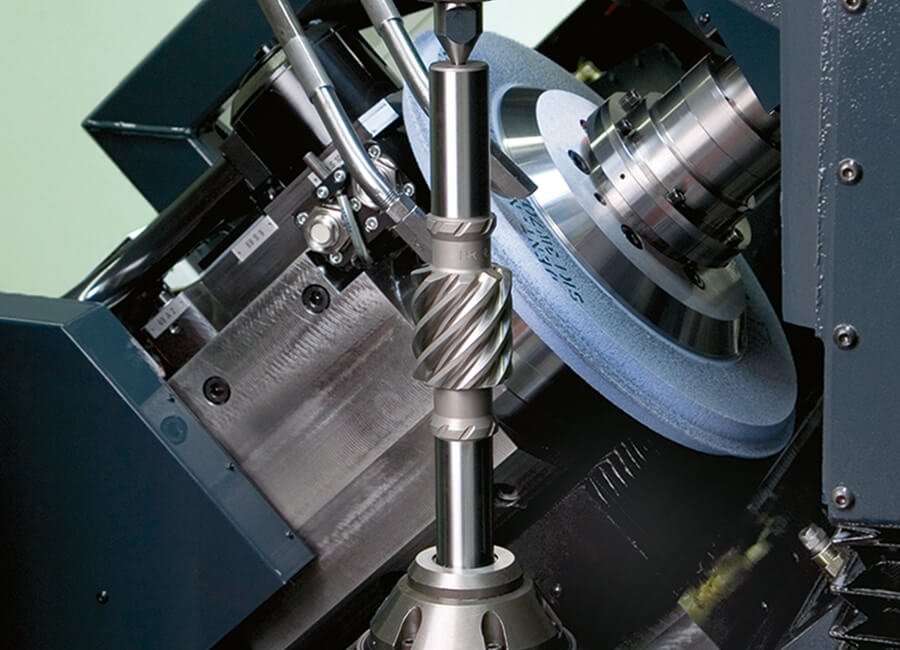
Polishing, Grinding, and Deburring Automation in Sport Equipment Industry Manufacturing
Sports equipment surfaces aren’t just cosmetic—they affect performance, grip, aerodynamics, safety, and user satisfaction. In high-end segments like golf, equestrian gear, and marine hardware, even micro-imperfections can degrade performance or brand value. Polishing removes roughness, grinding sculpts the geometry, and deburring ensures safe contact surfaces. Automation brings repeatability and speed to these delicate finishing operations.
Delivers consistent brightness, smoothness, and texture across batches of fitness or marine components—ensuring showroom-quality appearance and protection.
Ensures balance, symmetry, and form—especially in performance-dependent products like golf clubs or crankshafts, where precision affects functionality.
Improves handling safety and assembly quality for products like stirrups and dumbbells, eliminating the need for manual touch-ups.
Automated buffing in sports equipment manufacturing uses soft abrasive wheels or polishing cloths—often combined with polishing compounds—to enhance surface gloss, smoothness, and overall visual appeal. This process is commonly applied to components such as aluminum bicycle frames, titanium golf club heads, ski edges, and metal racket parts. It delivers a consistent, high-quality finish that not only improves product aesthetics but also enhances resistance to sweat, weather, and surface corrosion. By minimizing material removal and ensuring uniformity across batches, automated buffing supports both functional performance and premium appearance in high-volume sports gear production.
Automate Your Surface Finishing
Tell us about your components—our experts will customise a robotic grinding or polishing solution for your exact needs.
The Role of Automation in Surface Finishing
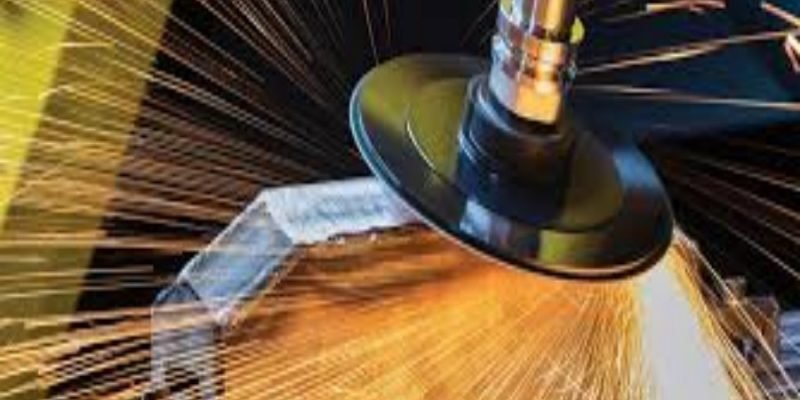
Polishing Automation
Delivers consistent brightness, smoothness, and texture across batches of fitness or marine components—ensuring showroom-quality appearance and protection.
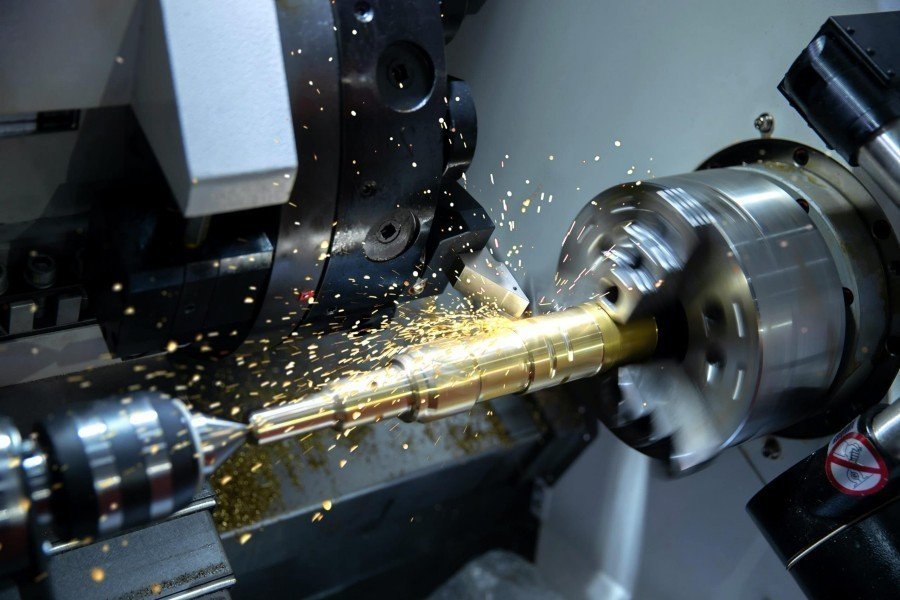
Grinding Automation
Ensures balance, symmetry, and form—especially in performance-dependent products like golf clubs or crankshafts, where precision affects functionality.

Deburring Automation
Improves handling safety and assembly quality for products like stirrups and dumbbells, eliminating the need for manual touch-ups.
1. Uniform Product Aesthetics and Finish Quality
Consumers expect fitness and sports gear to be not only durable but visually flawless. Robotic automation maintains consistent surface texture, gloss level, and part geometry, eliminating the visible variations often introduced by manual finishing.
Perfect for:
- Brushed aluminum dumbbells
- High-polish titanium golf irons
- Uniform powder-coated parts for branding
2. Increased Throughput for Mass-Market Demand
With automated cells, manufacturers can process dozens of parts per hour with minimal operator intervention. Multi-part fixtures and dual-arm systems enable continuous production, helping brands meet high seasonal or export demand.
Ideal for:
- Large gym equipment batches
- OEM production of equestrian or marine gear
- Rapid fulfillment of private-label sports accessories
3. Improved Operator Safety and Ergonomics
Grinding and polishing involve rotating machinery, airborne dust, and repetitive movement—all risk factors in manual environments. Automation eliminates exposure and enables clean, enclosed workspaces.
Benefits include:
- Reduced occupational health risks
- Fewer workplace injuries
- Higher employee retention in finishing departments
4. Lower Rework and Scrap Rates
Robotic systems ensure process stability and in-line part verification, reducing the cost of defects or reprocessing. With automated path correction and force-sensing, even complex surfaces can be handled reliably.
Critical for:
- Polishing asymmetrical weights
- Handling sensitive alloy components
- Preventing over-polishing on finished surfaces
5. Scalable and Brand-Ready Production
For sports equipment manufacturers pursuing international growth, automation supports flexible part types, consistent quality, and compliance with global standards (e.g., ISO, RoHS). Combined with branding finishes like laser logos or custom polishing patterns, it ensures you deliver both form and function.
6. Adaptability to Complex Shapes and Mixed Material Assemblies
Sports equipment often features ergonomic contours, compound curves, and material combinations like rubber-metal or carbon-aluminum. Robotic surface finishing systems offer multi-axis motion and adaptive force control to accurately polish and grind across varying geometries and material boundaries—delivering high-quality results without damaging sensitive surfaces.
Applicable to:
• Curved handlebars or bike frames with welds and tubing transitions
• Composite-core tennis rackets or ski poles
• Multi-textured fitness machine components with rubber inserts or metallic shells
Benefits of Automation in Automated Surface Finishing
Why Automate?
Manual surface finishing processes are labor-intensive, time-consuming, and prone to inconsistencies. Automation addresses these challenges by providing:
1. Golf Clubs Grinding
Our high-precision 6-axis robotic systems are built to handle the complex contours of golf irons, wedges, putters, and drivers. Equipped with adaptive force control and interchangeable abrasives, the system processes stainless steel, titanium, and alloy components with accuracy. Integrated vision systems ensure precise alignment and repeatable surface results.
The automated process includes grinding of club faces, soles, and cavities to optimize weight distribution and surface profile, followed by sequential polishing for corrosion resistance and aesthetic appeal. Real-time monitoring maintains strict dimensional and surface quality.
Key benefits include improved club balance and aerodynamic finish, reduced manual labor, and higher production efficiency. Also well-suited for brushed dumbbells, polished titanium heads, and branded powder-coated equipment.
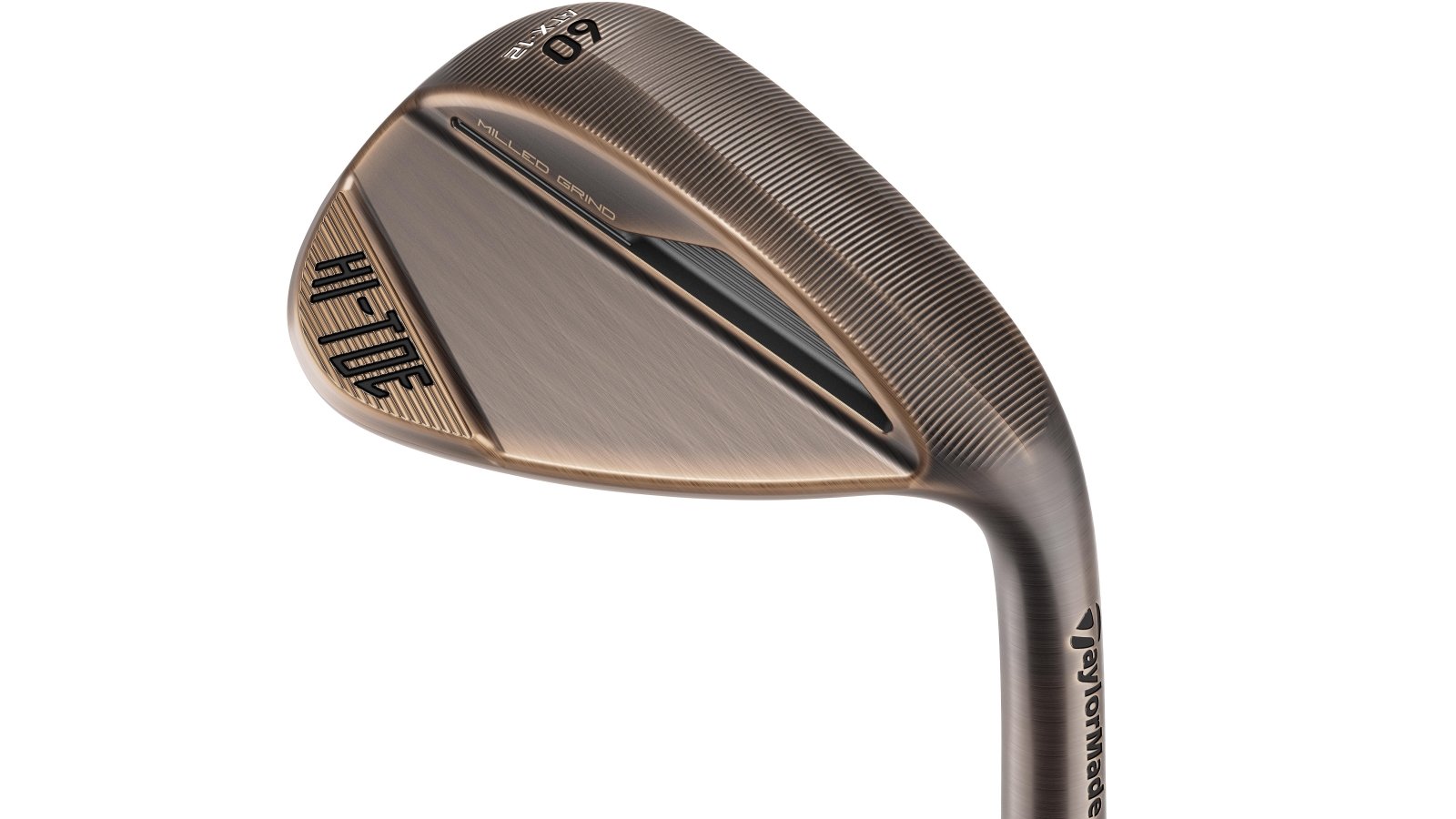

2. Boat Slip Buckle Deburring
Our compact robotic systems are engineered for internal and external finishing of rail drivetrain components such as transmission covers, differential housings, and reducer enclosures. Featuring flexible-arm robots and multi-tool spindles, they handle bores, ribs, and edges with precision. The enclosed design supports inline deployment and is compatible with titanium and stainless-steel abrasives.
Single-station robotic cells perform grinding on mating planes and casting surfaces with configurable paths tailored to varying wall thicknesses. Integrated PLC control, dust extraction, coolant delivery, and optical scanning ensure flatness within 0.05 mm and real-time path correction.
This solution eliminates flash, seams, and oxidation, reducing downstream defects while delivering consistent quality across gearbox SKUs. It significantly shortens processing time compared to manual or multi-station setups.
3. Horse Riding Pedal Deburring
Our medium-payload robotic systems are designed to process a wide range of horse riding pedal and stirrup designs. Equipped with adaptive control and flexible tooling, these robots maintain consistent contact pressure to ensure effective burr removal and smooth surface finishes. Safety enclosures with interlocks protect operators and ensure regulatory compliance.
The automated system removes sharp edges to improve rider safety and performs surface treatments that enhance corrosion resistance and visual quality. Integrated seamlessly with upstream and downstream operations, it supports continuous, efficient production.
Key benefits include improved product durability, a safer riding experience through burr-free surfaces, and reduced manual labor and ergonomic risks—ideal for high-quality equestrian equipment manufacturing.
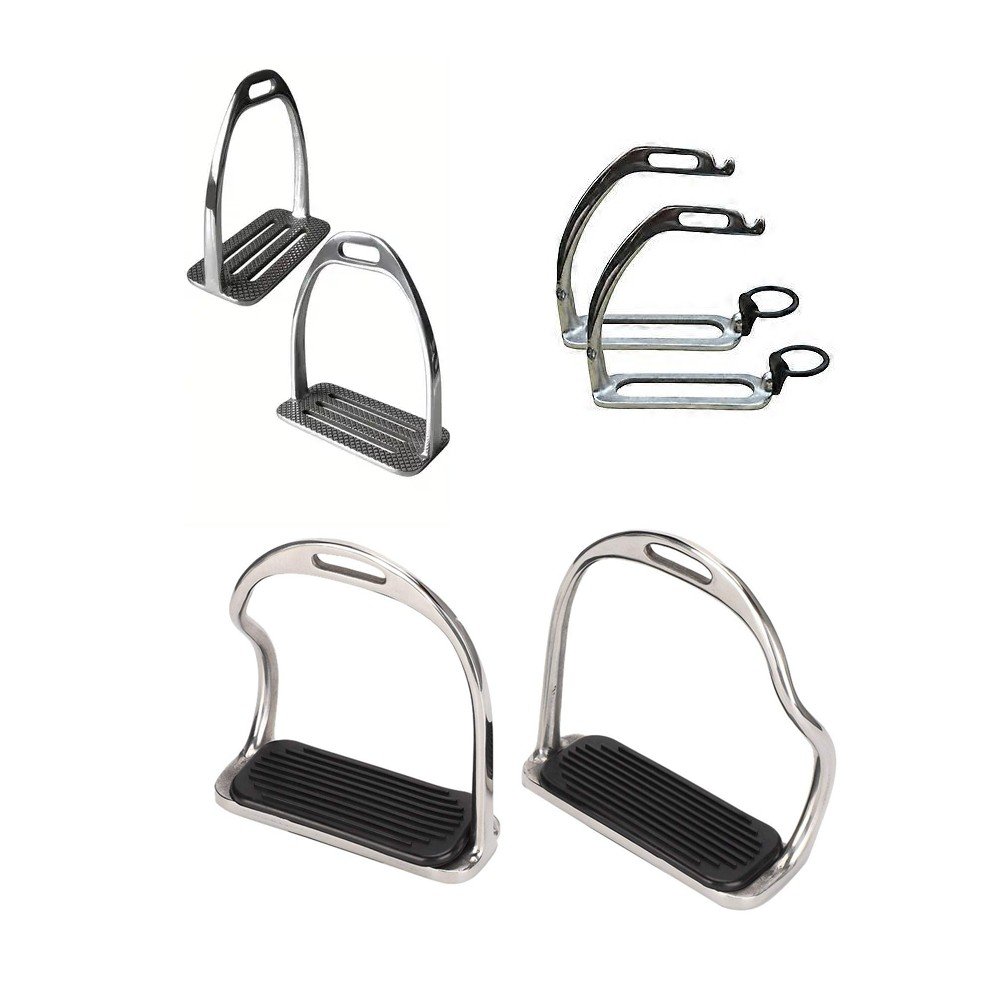
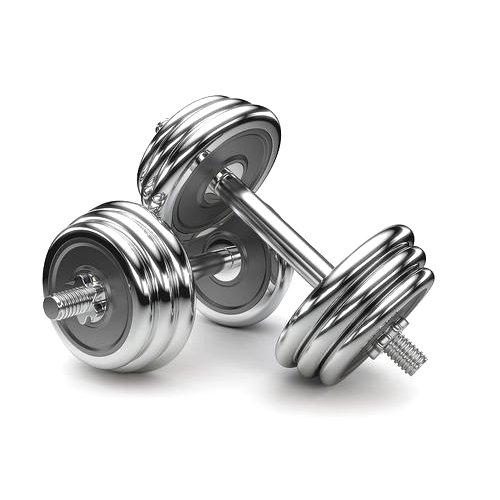
4. Dumbbell Grinding
Our flexible robotic systems are engineered to finish a wide range of dumbbell sizes and shapes used in both commercial gyms and home fitness settings. Equipped with interchangeable tooling and force-controlled grinding arms, the system ensures consistent surface quality across various materials, including cast iron and steel.
The automated process removes casting imperfections, performs precision polishing, and integrates seamlessly with painting or coating lines to deliver a high-quality final product. Automated part handling allows for continuous, high-throughput production.
Key benefits include uniform surface finishes across batches, reduced reliance on manual labor, and enhanced product durability. This results in improved customer satisfaction and manufacturing efficiency for premium fitness equipment brands.
Trusted in Automation Since 1993
Backed by decades of experience and partnerships with leading global brands.
